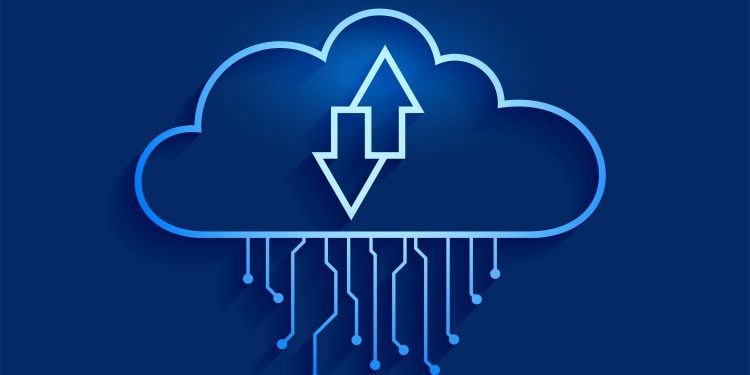Cloud-native software is a new approach to software development that is designed to take advantage of the unique characteristics of cloud computing environments. It is built from the ground up to be scalable, reliable, and efficient. By taking advantage of the cloud’s elasticity and scalability, it can automatically scale up or down to meet demand. And by running in a distributed environment, cloud-native software can be more resistant to failure. As a result, cloud-native software is well-suited for today’s demanding applications, such as those that power social media and mobile apps. Consequently, many major organizations are embracing cloud-native software as they move to the cloud.
Microservices in can (containers) are eliminating capital expenditures on computers and eliminating the need to have computers on standby to address peak loads, making specialized computer services such as AI and large storage and analytics readily available, and lowering the cost of collecting data across multiple sources and different languages. Cloud-native litigation software leverages these same benefits:
“Software solutions developed in the serverless cloud are distinct from their monolithic predecessors. They can leverage serverless containers to scale their functions depending on load, without requiring intervention, allowing software developers to focus on solving business problems using the appliances provided by companies like Microsoft, Amazon or Google. If your company wanted to develop and introduce language translation into a product, for instance, you could implement it in six weeks instead of six months by taking advantage of existing tools.
If my company wanted to run deep learning statistical algorithms twenty years ago, we would have had to invest in cost-prohibitive hardware. Now we use Azure Databricks for predictive algorithms in our litigation tech software, which is far more affordable but equally effective.
Most of these serverless appliances have a pay-per-use model instead of requiring you to pay for provisioning, resulting in significant operational cost efficiencies. Serverless cloud computing gives a software product the ability to be agile, affordable and innovative.
The Democratization Of Discovery
Cloud-native software products can therefore solve cost and adaptability challenges in law firms. The same product can be used by both a small firm and a large firm without compromising feature robustness. Traditionally, cheaper products in this space would lack features and wouldn’t be able to scale. Serverless cloud computing and cloud-native solutions shift that paradigm.
Without a large capital investment, small or medium-sized law firms can now take on a case with terabytes of data, use an unsupervised machine learning-driven early case assessment module and cull the data to focus only on responsive documents.”
Cloud-native apps are usually built using microservices, which means that they are composed of small, independent components that can be deployed and scaled independently. This allows for more rapid development and easier management of individual features or services. In addition, cloud-native apps are often designed to be stateless, which means that they do not rely on persistent data storage. This makes them more resilient to failures and helps to prevent data loss. Finally, cloud-native apps are typically designed to be horizontally scalable, which means that they can be easily scaled up or down to meet changing demands.
Overview by Tim Sloane, VP, Payments Innovation at Mercator Advisory Group











